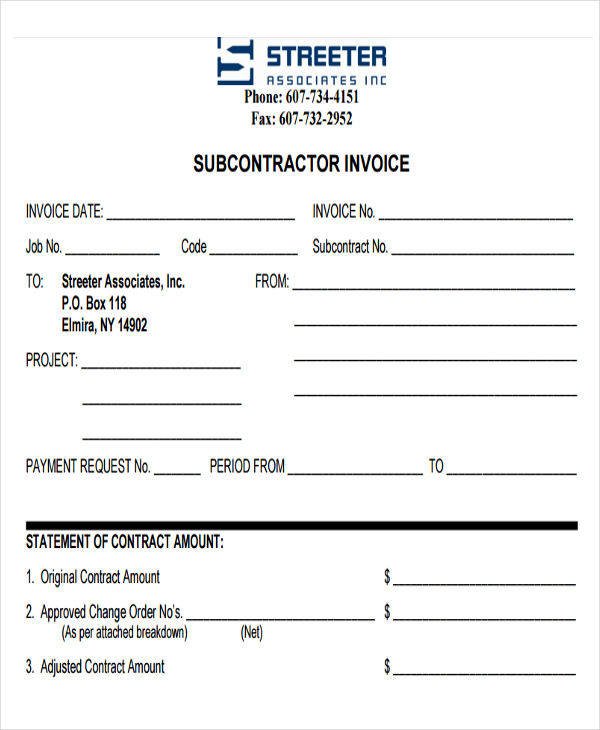

The contract should state the worker should use his/her own equipment/tools, is free to hire others without your approval, and that he or she provides liability insurance for his/her workers. Indicate the project's expected results, fee and date(s) of completion. Outline the nature of the relationship since merely saying the person is an independent contractor doesn't make it so. In addition, keep a vendor file for each independent contractor that includes the following:Ī written contract. Documentation can also show the worker fully controls his or her work, the work he or she provides is not an integral part of what your business provides and the worker is free to make a profit or loss and be hired by others (check with the IRS for further information). So how do you prove that someone is indeed an independent contractor and not an employee? The best documentation shows the person has a bona fide business separate from yours. It also considers whether or not the worker has a bona fide business that does not provide services integral to yours. Its six factors overlap those of the IRS. You can also take the Department of Labor's Economic Reality Test, which relates to whether the Fair Labor Standards Act (FLSA) applies. No one factor is decisive-the totality of each situation must be evaluated. How does the IRS decide upon the degree of control an employer has over how the work gets done? The IRS' Common Law Rules cover factors in three main categories: Behavioral Control, Financial Control and Type of Relationship. The question is whether you have the right to.

There are times, for instance, with highly experienced employees, when organizations provide little guidance or oversight. Whether or not you actually exercise this right is irrelevant to the worker's status. In general, employers can start by considering whether they have the right to control not just the work outcome but how the worker performs the work. The IRS is clear that there is no magic formula to determine whether or not a worker is classified as an independent contractor or an employee-it depends on the specific facts of the case.

Plus, the fines and penalties imposed increase the more willful the violation. Less quantifiable costs include negative publicity and lowered staff morale. In addition to possibly owing back pay (if minimum wage requirements haven't been met), employers in violation might be on the hook for overtime, back taxes-including the employees' portion-penalties and interest, fines, retroactive employee benefits, staff time and effort, and possible legal fees. Department of Labor have teamed up with a growing number of states to share information and resources that might help uncover worker misclassification violations.


 0 kommentar(er)
0 kommentar(er)
